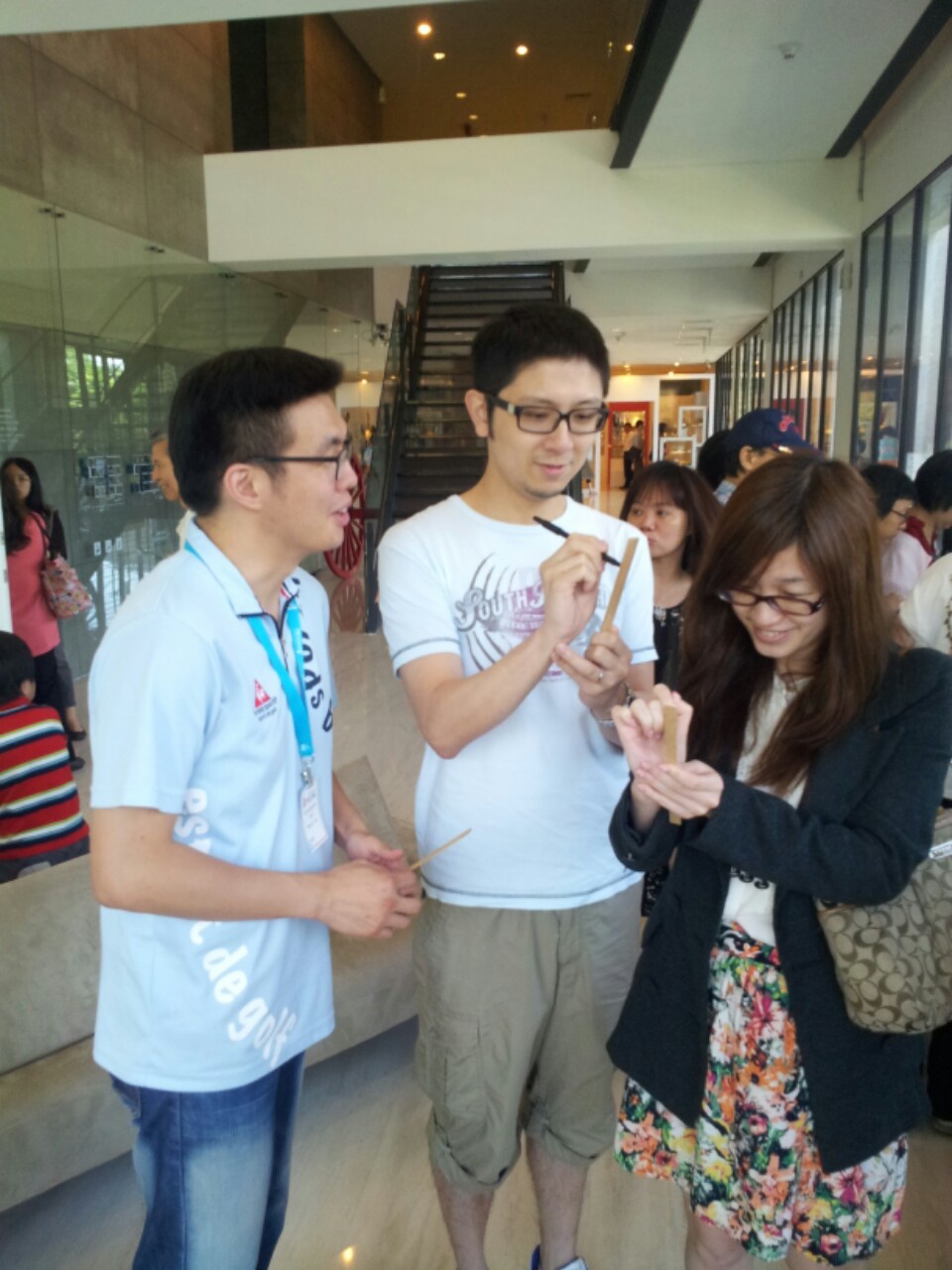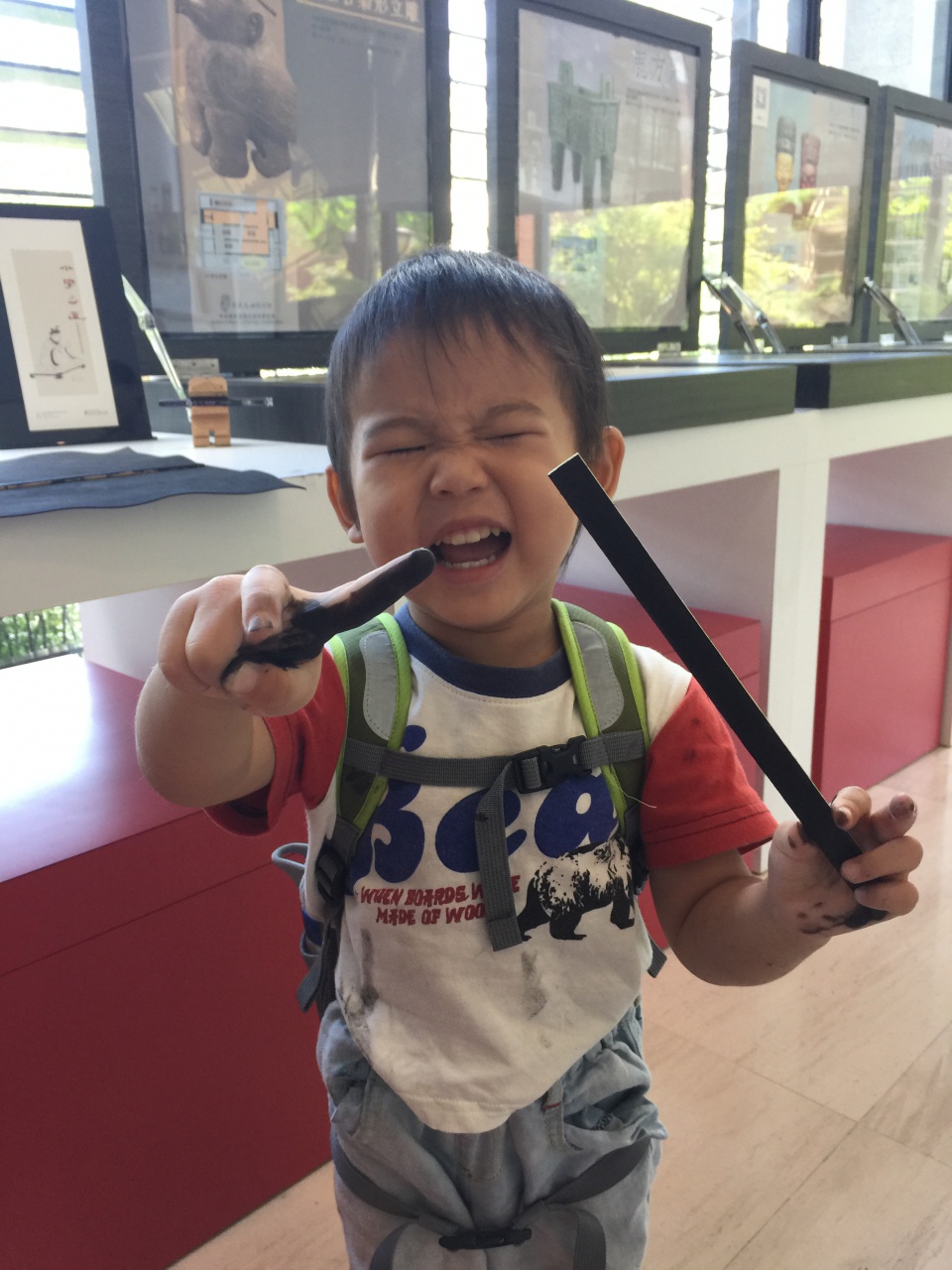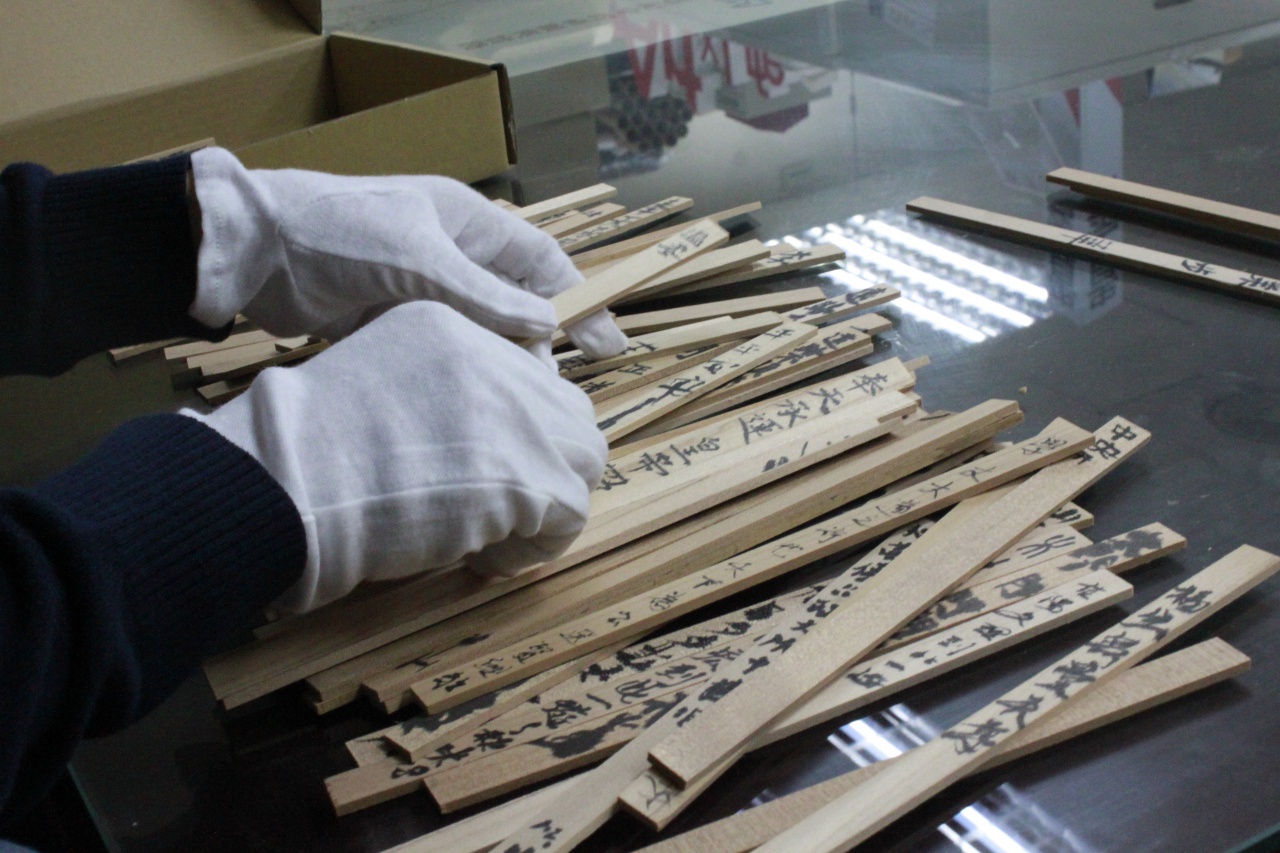III-2 Beyond Writing
“Beyond Writing” was an exhibition that displayed the creations of visitors who had participated in “imitating Han Dynasty writings on wooden slips.” The interactive activity invited the participants to use writing brushes to author messages on slips, thus experiencing the twists and turns—both literal and figurative—of putting “pen” to wood versus paper. While working, the participants did not anticipate that their writings would end up being a part of the exhibition, and the messages themselves were thus diverse in terms of content and style. In this way, the creations reflect their feelings and state of mind while experiencing the exhibition, and at the same time, hint at how people tend to act when leaving words in public. At the moment interactive activity becomes object of display, writing is no longer merely “writing,” but a form of participation; and wooden slips are not just “wooden slips,” but a medium that facilitates this participation. The messages of the visitors thus imbued “Beyond Writing” and the entire exhibition with a sense of thinking and vitality.
 Imitating Han Dynasty writings on wooden slips. |  Imitating Han Dynasty "drawings" on wooden slips. | ||||||
 Selecting slips for “Beyond Writing” Selecting slips for “Beyond Writing” | |||||||
 |  |  |  |  |  |  |  |
 “Beyond Writing” | |||||||
- Item No.
- III 思維-2
- Period
- 21st century
- Excavated/Findspot
- MIHP
- Materials
- Wood slips
- Notes
- III Thinking
Under contrasting temporal and spatial contexts, the lifestyles and social patterns of people from ancient times, and even their understanding of the world, likely differ substantially from those of our own. But by appreciating cultural relics and enjoying the displays that decipher their meanings, we are able to surmise and imagine their surrounding everyday settings and environments. Moreover, if able to utilize modern thinking and techniques, such as the new meanings applied by the cultural and creative development of the Museum, to both introduce the lived experiences of people in the past and ponder the ways of thinking of our forebearers, the notion of “knowing the past to understand the present” can unfurl and be realized.

































